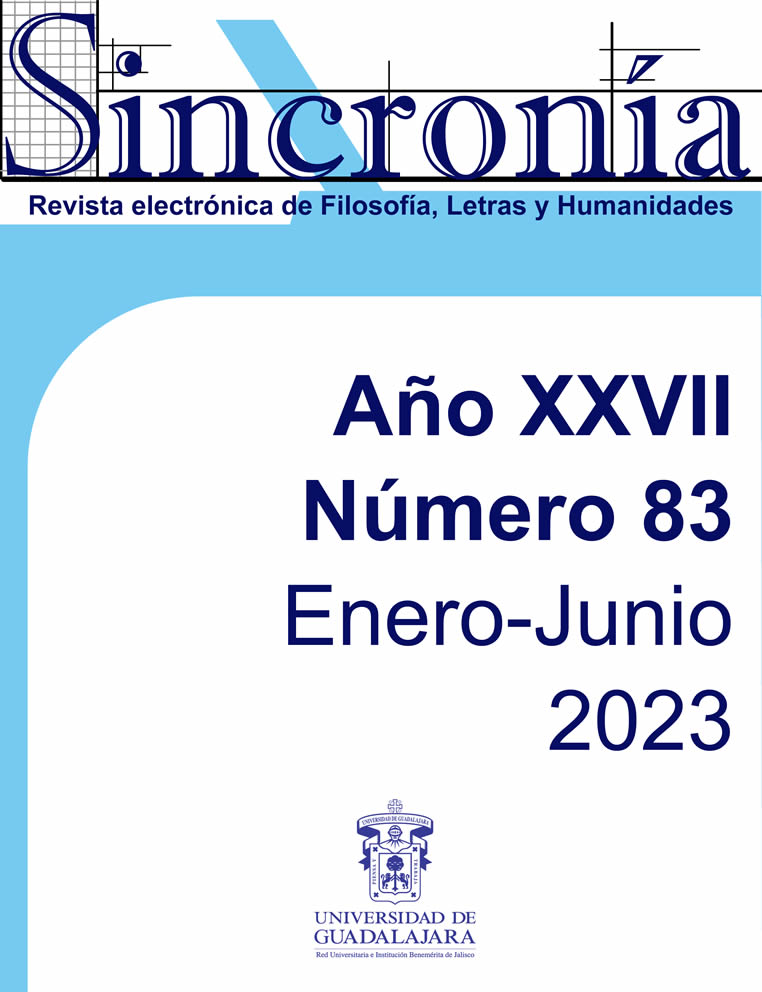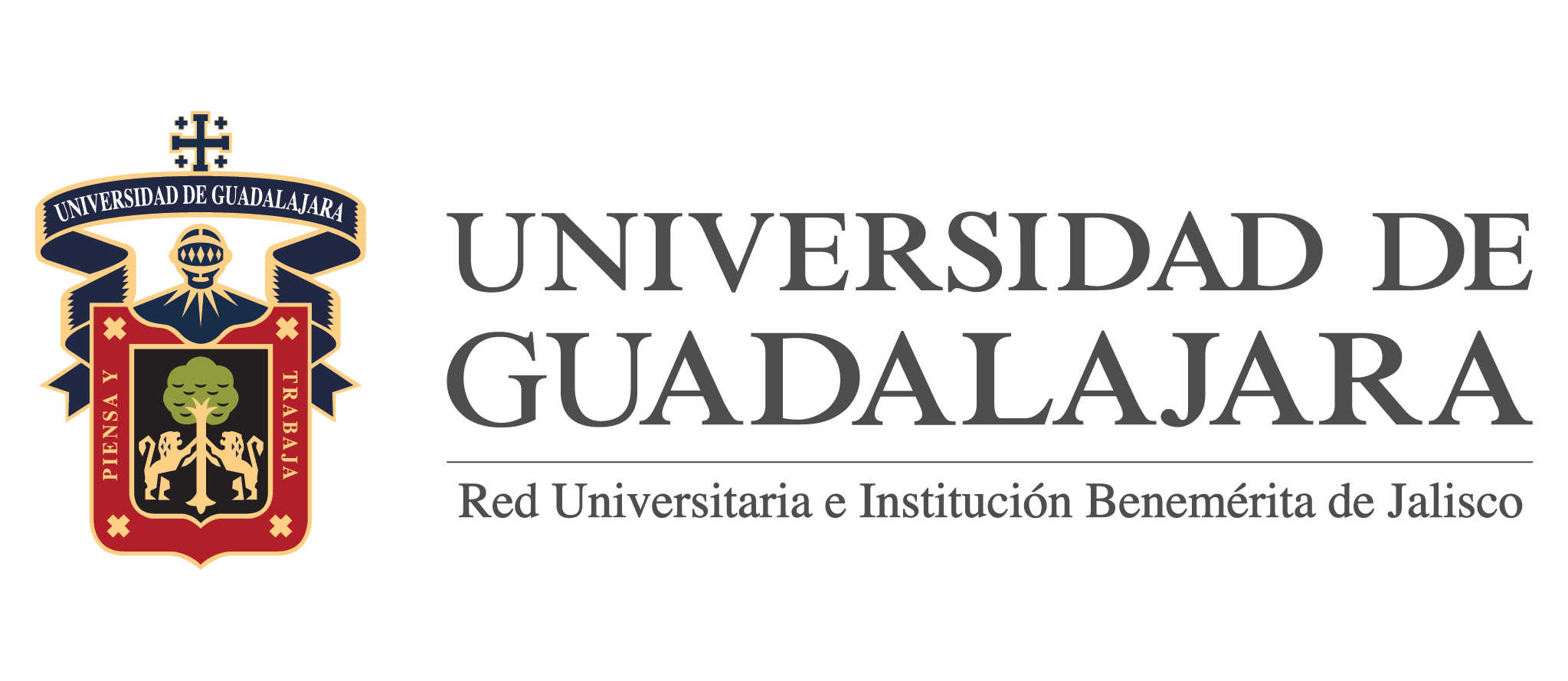Do Chinese speaking learners acquire discourse markers at the level set by the PCIC: Positions and combinatorics.
Keywords:
Discourse markers, Corpus, Chinese speaking learners, Position, CombinatoricsAbstract
The aim of this paper is to describe the use of discourse markers by Chinese speaking learners of Spanish. Specifically, we are interested in describing not only the levels at which these units are acquired and the functions they fulfil, but also other variables which have been less studied: the orational position which the markers occupy in the learners' productions and the lexical items with which they are usually combined. For this purpose, a corpus analysis of learners of the markers también, pero, por eso, porque and después. The results show that Chinese speaking learners use these markers with a great positional freedom and that their combinatorics is rather less in comparison with the usual ones in native productions.
Downloads
Published
How to Cite
Issue
Section
License
Copyright (c) 2023 Qin Yang

This work is licensed under a Creative Commons Attribution-NonCommercial 4.0 International License.
You are free to:
- Share — copy and redistribute the material in any medium or format
- Adapt — remix, transform, and build upon the material
- The licensor cannot revoke these freedoms as long as you follow the license terms.
Under the following terms:
- Attribution — You must give appropriate credit , provide a link to the license, and indicate if changes were made . You may do so in any reasonable manner, but not in any way that suggests the licensor endorses you or your use.
- NonCommercial — You may not use the material for commercial purposes .
- No additional restrictions — You may not apply legal terms or technological measures that legally restrict others from doing anything the license permits.




























